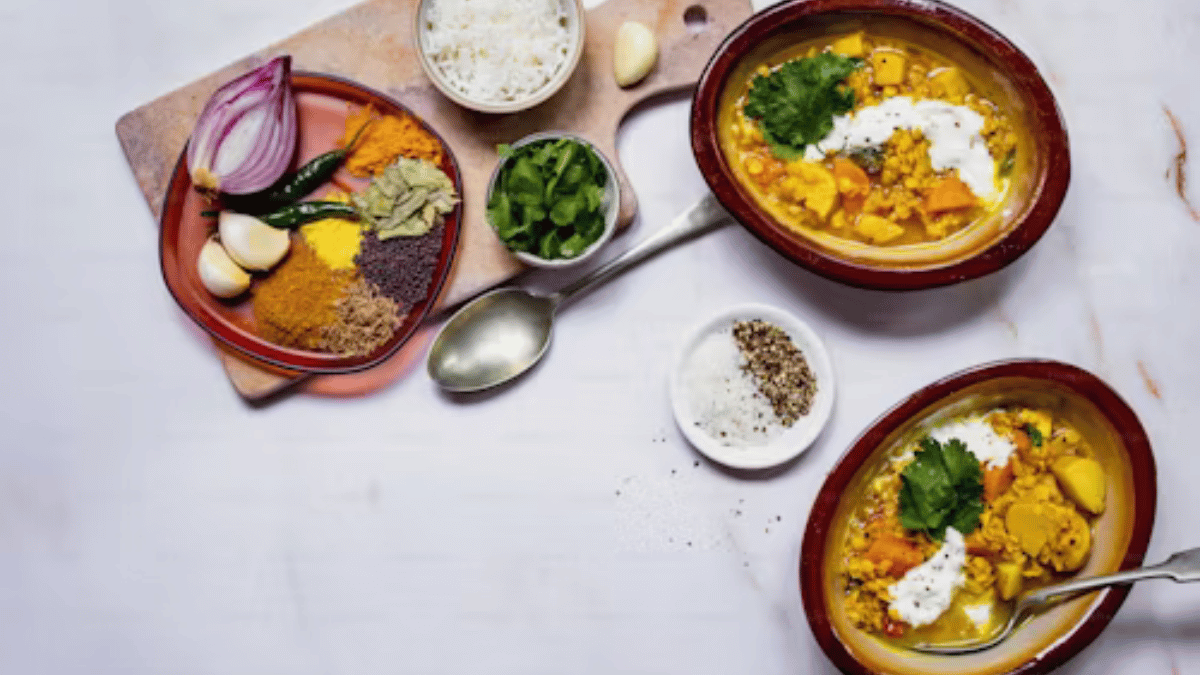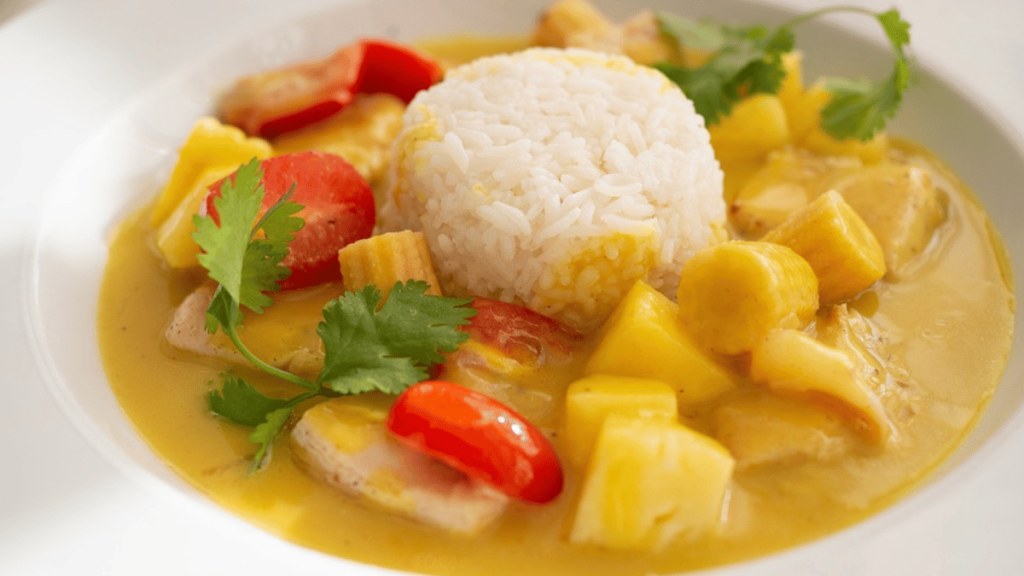The Best Healthy Vegan Eating: Lessons from India

India’s rich culinary heritage offers a treasure trove of delectable and nutritious vegan recipes.
For centuries, Indian cuisine has embraced plant-based diets that are aligned with ethical eating and promote health and well-being.
This article delves into India’s lessons on healthy vegan eating and explores how vegan lentil dishes and other healthy Indian recipes can enrich your diet.
by Linus Mimietz (https://unsplash.com/@linusmimietz)
The Cultural Roots of Veganism in India
Cultural, religious, and philosophical beliefs influence India’s deep-rooted traditions of vegetarianism and veganism.
Various Indian religions, including Hinduism, Jainism, and Buddhism, advocate for ahimsa, or non-violence, which extends to a vegetarian lifestyle.
The Significance of Lentils in Indian Cuisine
Lentils, or “dal” as they are known in India, are a staple in Indian diets. They are packed with protein, essential amino acids, and minerals, making them an excellent alternative to meat-based protein sources. Indian cuisine offers a multitude of vegan lentil dishes that are not only healthy but also bursting with flavour.
by Green And Great (https://unsplash.com/@greenandgreatfood)
Exploring Healthy Indian Recipes
The diverse landscape of Indian cuisine provides various options for healthy vegan eating. The following sections highlight key components and recipes that exemplify the richness of vegan Indian gastronomy.
Spices: The heart of Indian Cooking
Spices play a pivotal role in Indian cooking, not only because of their flavour-enhancing properties but also because of their health benefits.
Turmeric, cumin, coriander, and ginger are just a few examples of spices commonly used in Indian vegan recipes.
These spices have anti-inflammatory, digestive, and antioxidant properties, contributing to overall health and wellness.
Turmeric: The Golden Spice
Turmeric, a vibrant yellow spice, is renowned for its anti-inflammatory properties.
Curcumin, the active ingredient in turmeric, has been extensively studied for its potential health benefits, including reducing inflammation and aiding digestion.
Essential Ingredients in Vegan Indian Cooking
- Legumes: Apart from lentils, chickpeas and beans are frequently used in Indian vegan dishes.
- Vegetables: Various vegetables such as spinach, cauliflower, and okra are integral to Indian cuisine.
- Whole Grains: Brown rice, millet, and quinoa are often used as staples.
- Plant-based Oils: Coconut and mustard oils are common in vegan Indian cooking.
Signature Vegan Lentil Dishes
Indian lentil dishes celebrate flavours and nutrition. Here are some iconic vegan lentil recipes highlighting this humble ingredient’s versatility.
Masoor Dal (Red Lentil Curry)
Masoor Dal is a simple yet flavorful dish made with red lentils. It is seasoned with spices like cumin, coriander, and garam masala, creating a warm and comforting meal.
This dish is rich in protein and easy to prepare, making it a perfect addition to any vegan diet.

Chana masala (Chickpea Curry)
Chana Masala is a popular North Indian dish with chickpeas cooked in a spiced tomato-based sauce.
It is often served with rice or flatbreads and is an excellent source of protein and fibre. Cumin, coriander, and ginger combine to give this dish a unique and irresistible flavour.
Tadka Dal (Spiced Lentil Soup)
Tadka Dal is a classic Indian lentil soup that is nourishing and satisfying.
It is made with split yellow lentils and is tempered with a blend of spices and herbs. The tadka, or tempering, involves heating oil and adding spices like mustard seeds and curry leaves, infusing the dish with aromatic flavours.
by Erwan Hesry (https://unsplash.com/@erwanhesry)
Health Benefits of Vegan Indian Recipes
The health benefits of incorporating vegan Indian recipes into your diet are manifold. Indian vegan dishes are typically low in fat and essential nutrients, making them ideal for maintaining a healthy lifestyle.
Nutrient-Dense Foods
Indian vegan recipes often incorporate a variety of vegetables, legumes, and whole grains, providing a wide range of essential vitamins and minerals.
This diversity ensures that your diet is balanced and nutrient-dense.
Plant-Based Proteins
Lentils, chickpeas, and beans are excellent sources of plant-based proteins crucial for muscle repair and growth.
These ingredients also provide essential amino acids often lacking in vegan diets.
Anti-Inflammatory Properties
Spices like turmeric and ginger are used in Indian cooking and offer anti-inflammatory benefits.
These spices can help reduce inflammation, promoting health and wellness.
Incorporating Indian Vegan Recipes into Your Diet
Incorporating Indian vegan recipes into your diet can be both rewarding and enjoyable. Here are some tips to get started:
Experiment with Spices
Don’t be afraid to experiment with spices and flavours.
Start with simple recipes and gradually introduce more complex dishes as you become familiar with Indian cooking techniques.
Plan Balanced Meals
Include a variety of vegetables, legumes, and whole grains in your meals to ensure a balanced diet. This will provide you with the complete nutrients necessary for a healthy diet.
Explore Regional Varieties
Indian cuisine is incredibly diverse, with each region offering unique vegan dishes. Explore regional varieties to discover new flavours and ingredients that suit your preferences.
Conclusion
Embracing healthy vegan eating, using lessons learned from Indian cuisine, offers a delicious and nutritious way to enhance one’s diet.
With many vegan lentil dishes and other healthy Indian recipes, you can enjoy a diverse and satisfying plant-based diet that supports your health and ethical values.
As you explore the rich tapestry of Indian vegan gastronomy, you’ll uncover a world of flavours and health benefits that will delight your palate and nourish your body.
Is there any Indian vegan recipe we missed out on? Give your comment below.
